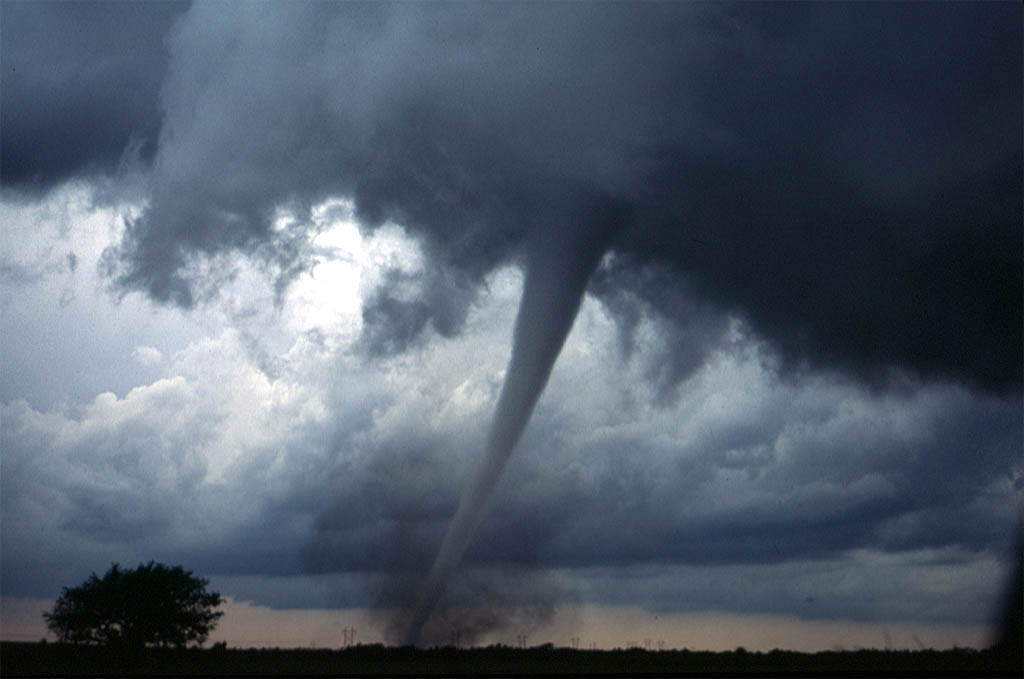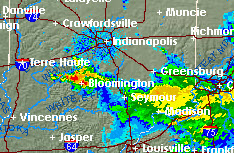Peter J. Lenges III, 72, of Nineveh, died Friday, April 21, 2017 in Nineveh.
He was born Oct. 23, 1945, to Joseph and Opal (Brunson) Lenges, in Corpus Christi, Texas.
He was an Army veteran and worked as an electrical engineer at Crane Naval Center for 25 years. He enjoyed being a ham radio operator and was well known for that in his community. Peter liked working on genealogies and coin collecting. He was a firearm and Mopar enthusiast. Peter loved fishing, hunting, and all varieties of hot sauce.
He is survived by his wife, Jewell (Corbin) Lenges of Nineveh; his son, Peter (Tina) Lenges IV. of Carmel; four grandchildren; and two great-grandchildren.
Peter was preceded in death by a son, Timothy Lenges.
A funeral service at 7 p.m. Thursday, April 27, will be conducted by Chaplain Don Sanders at Jessen Funeral Home, Whiteland Chapel, 729 N. U.S. Highway 31.
The family will host visitation from 4 p.m. until the service at the funeral home.

 Indiana Severe Weather Preparedness Week
Indiana Severe Weather Preparedness Week



 Spring began today at 6:29 AM and Mother Nature wasted no time in kicking things off with a nice Thunderstorm sweeping across central Indiana. While not severe they did issue a "Special Weather Statement" for Owen, Brown and Monroe counties advising that dime size hail was possible.
Spring began today at 6:29 AM and Mother Nature wasted no time in kicking things off with a nice Thunderstorm sweeping across central Indiana. While not severe they did issue a "Special Weather Statement" for Owen, Brown and Monroe counties advising that dime size hail was possible. You can read
You can read